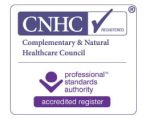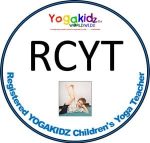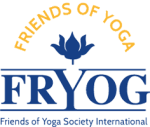Why Yoga is beneficial to children with varying degrees of Cerebral Palsy
To be able to fully explain the benefits of Yoga with children with Cerebral palsy, the condition’s symptoms which are alleviated by it, need to be explained first in general terms. Cerebral Palsy (CP), a developmental disorder affecting the brain and which can also be derived from spinal damage, concomitantly affects a child’s ability to move and sustain balance and posture ranging from mild to severe, and may involve several of the following symptoms: Seizures, ADHD, respiratory issues, and impairments involving vision, learning, language, attention, and speech. CP can also affect social and emotional developmental issues which may impact on emotional self-regulation. There are three main types of Cerebral Palsy:
- Spastic CP (most common): muscles are tense, contracted, and resistant to movement.
- Athetoid cerebral palsy: a lack of voluntary motor function and low muscle tone when the body performs involuntary hyperactive writhing and reflex movements, facial grimacing, and drooling.
- Ataxic cerebral palsy: involves a lack of balance and coordination and altered depth perception.
Yoga, for those with Cerebral Palsy, is of great benefit as it reflects work done naturally in the neuro-developmental stages from a newborn to childhood as they progress towards achieving full fine and gross motor skills. This is gained by using yoga postures that mimic a child’s progressive development from a baby in a supine/prone position towards standing and walking as a child. The benefits of Yoga for CP children in general terms include the following:
- Increased motor coordination: asana practice helps to develop gross/fine motor skills, balance, muscle memory and greater coordination.
- Stretching and realigning the spine in all directions to lengthen it and thus reduce pressure on the radial nerves which releases muscular tension throughout the body and thus help the child develop a greater range of movement/coordination and independence.
- Better respiration: Pranayama exercises and yoga postures, such as heart openers (counteracting a poorly slumped posture), increase the depth and rhythm of breathing which helps to also reduce anxiety and regulate the emotions.
- Reduces high muscle tone: deep relaxation (such as in supported restorative yoga poses), and breathing coordinated with stretching opens up tight areas in the body and reduces spasticity.
- Improved self-regulation: a child with CP may have difficulty expressing emotions leading to behavioural problems. Yoga combats stress and anxiety, allowing a CP child to release them calmly and safely.
- Increased muscle tone: Particular asanas can strengthen weakened muscles.
- Improved concentration: For example, crossing the mid-line in yoga poses allows the left and right hemispheres of the brain to be better integrated thus impacting on improved focus, communication, thinking, learning, reading, and writing. These derive from improvements in gross and fine motor skills.




